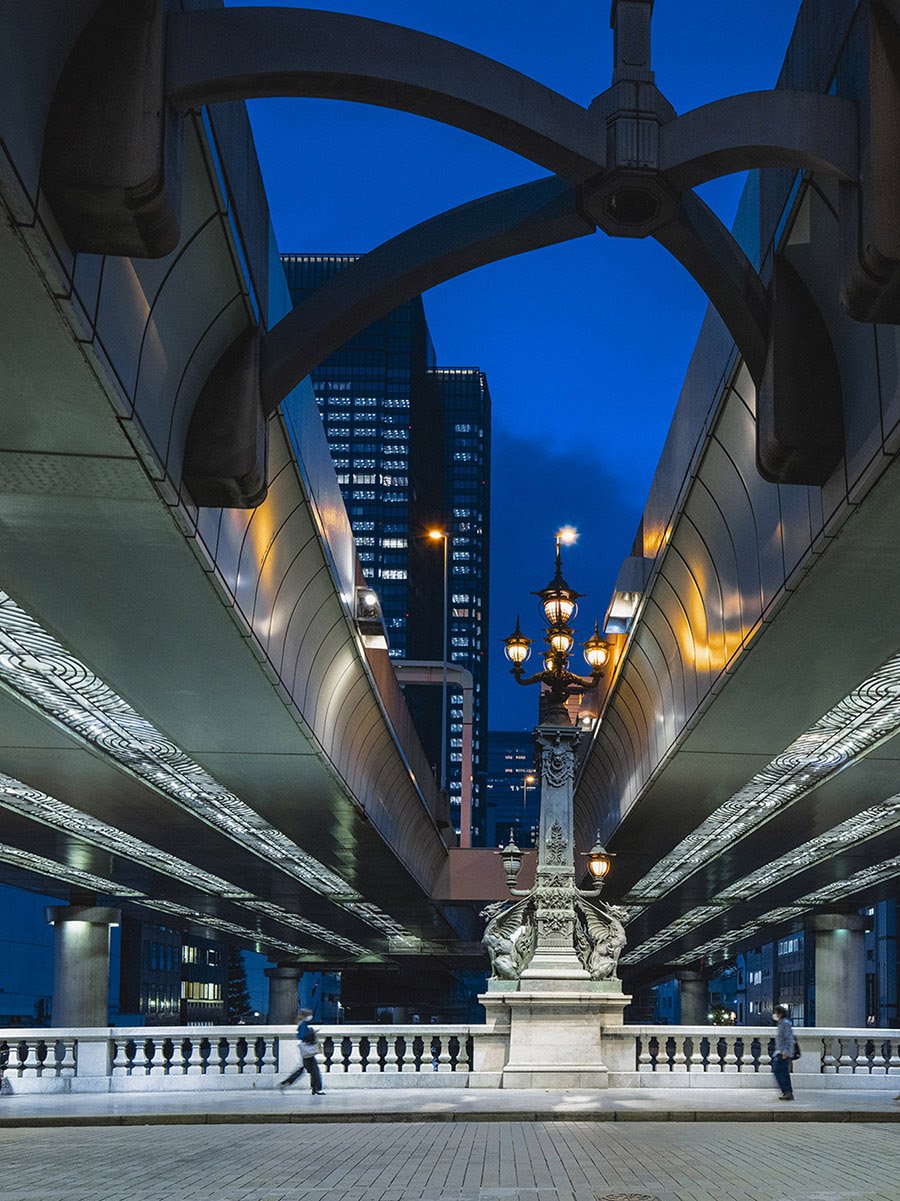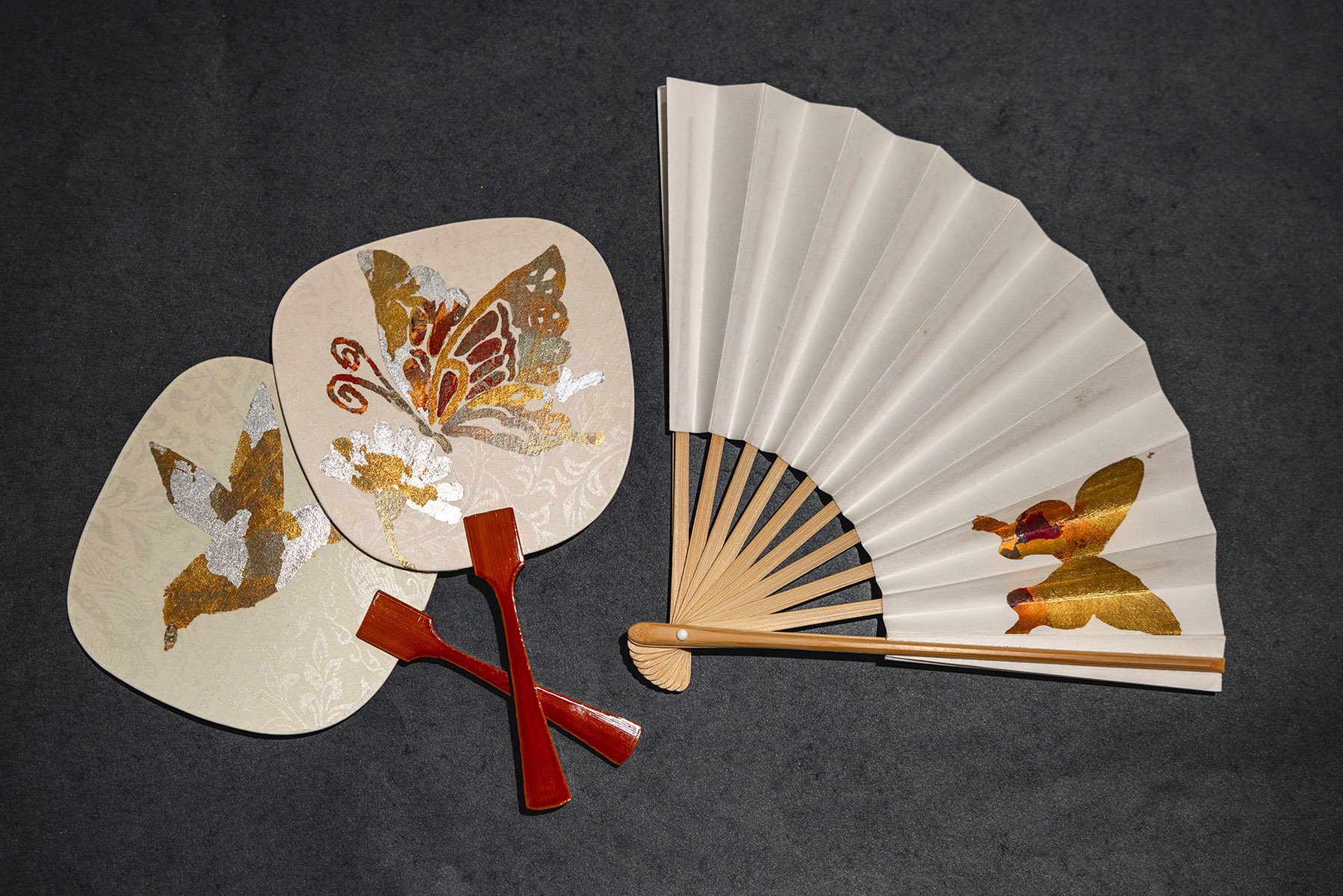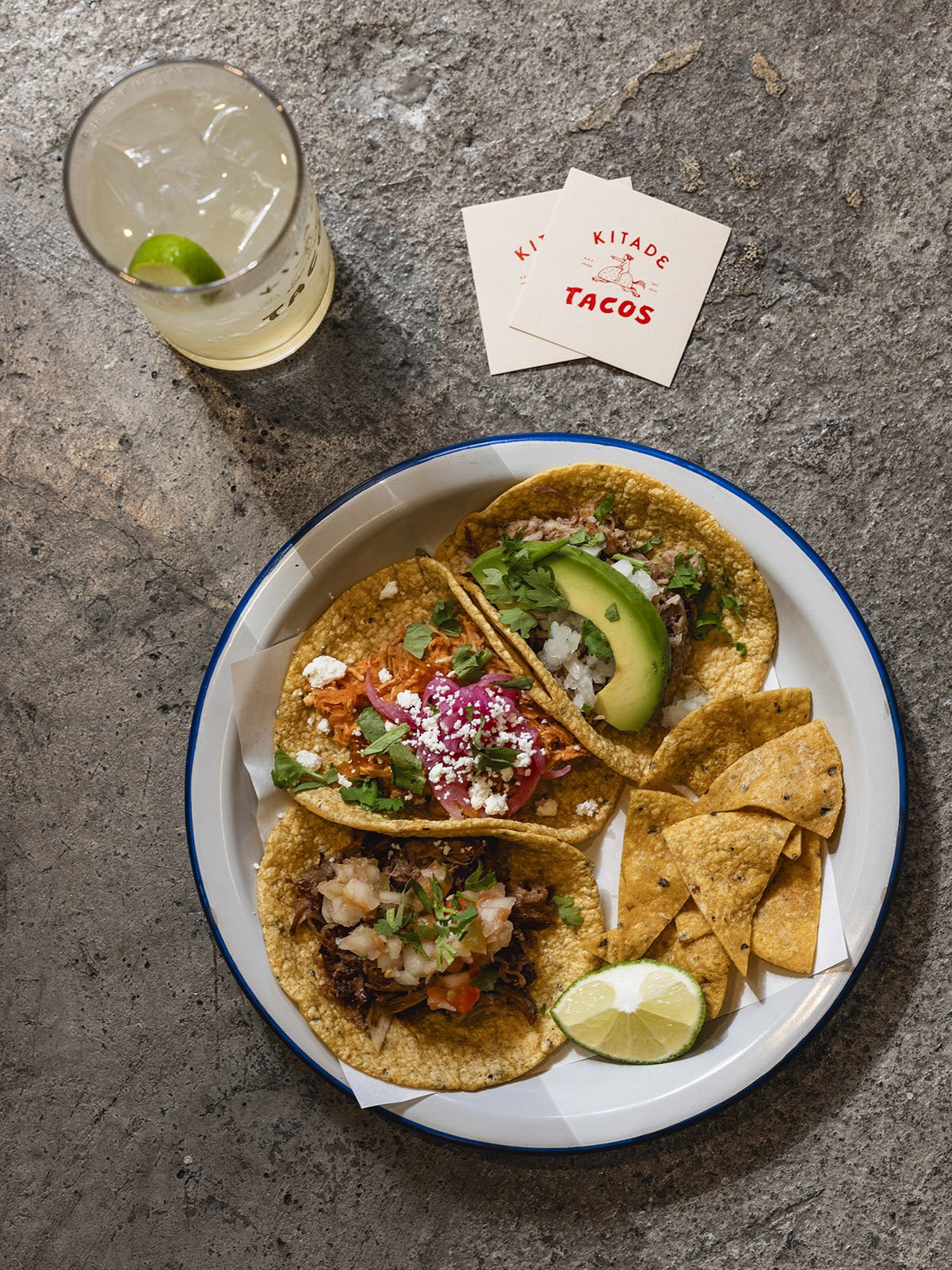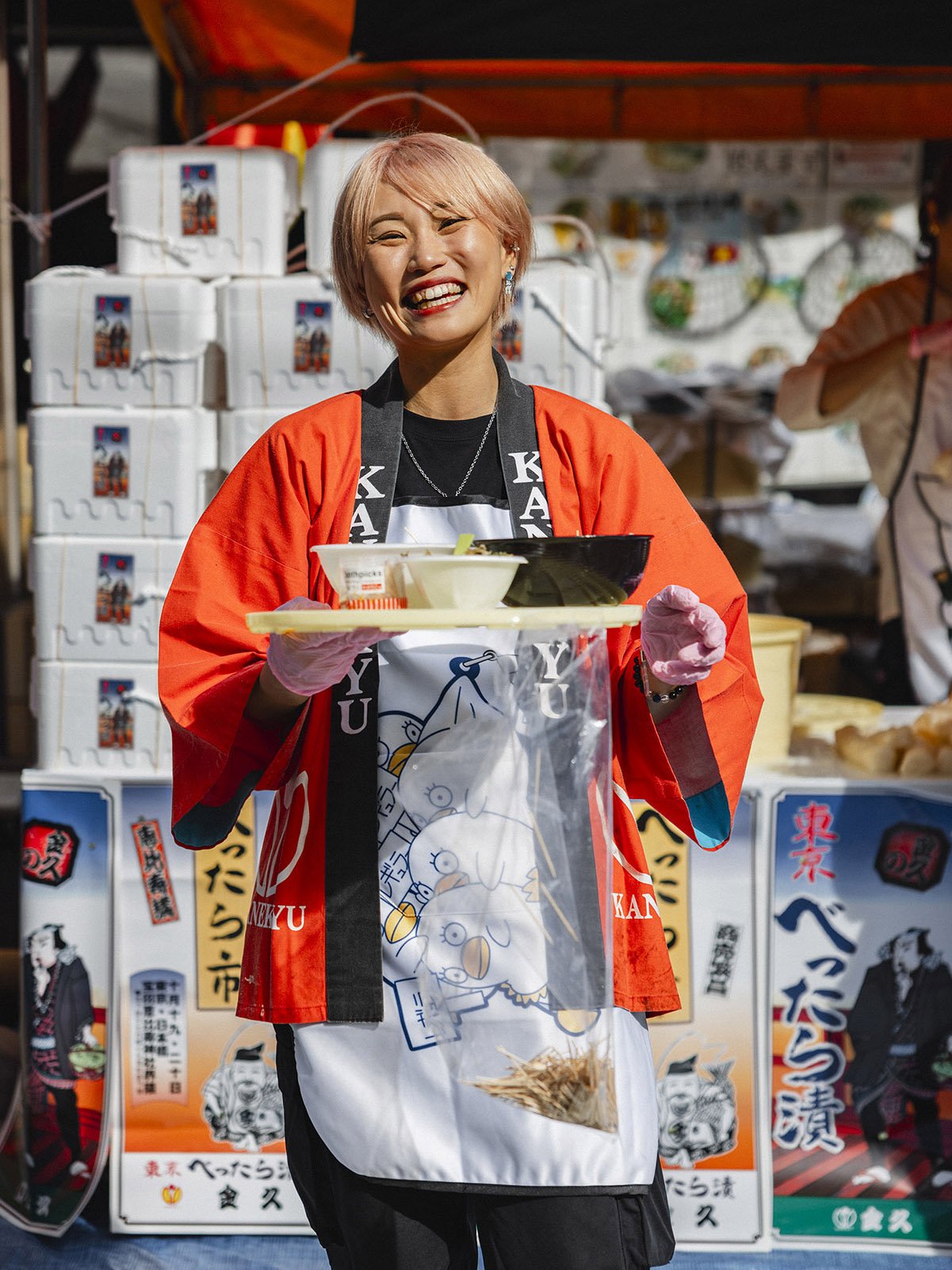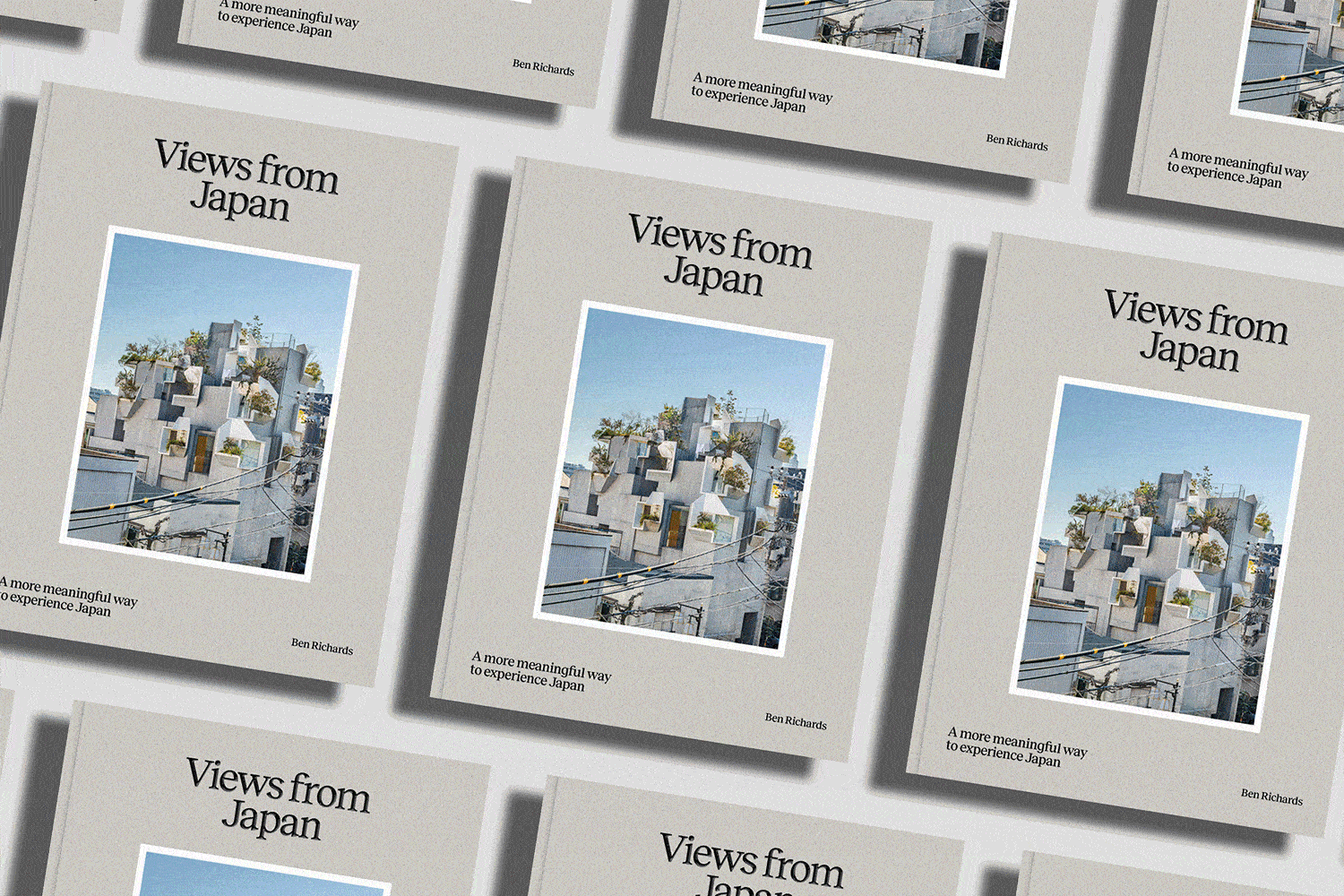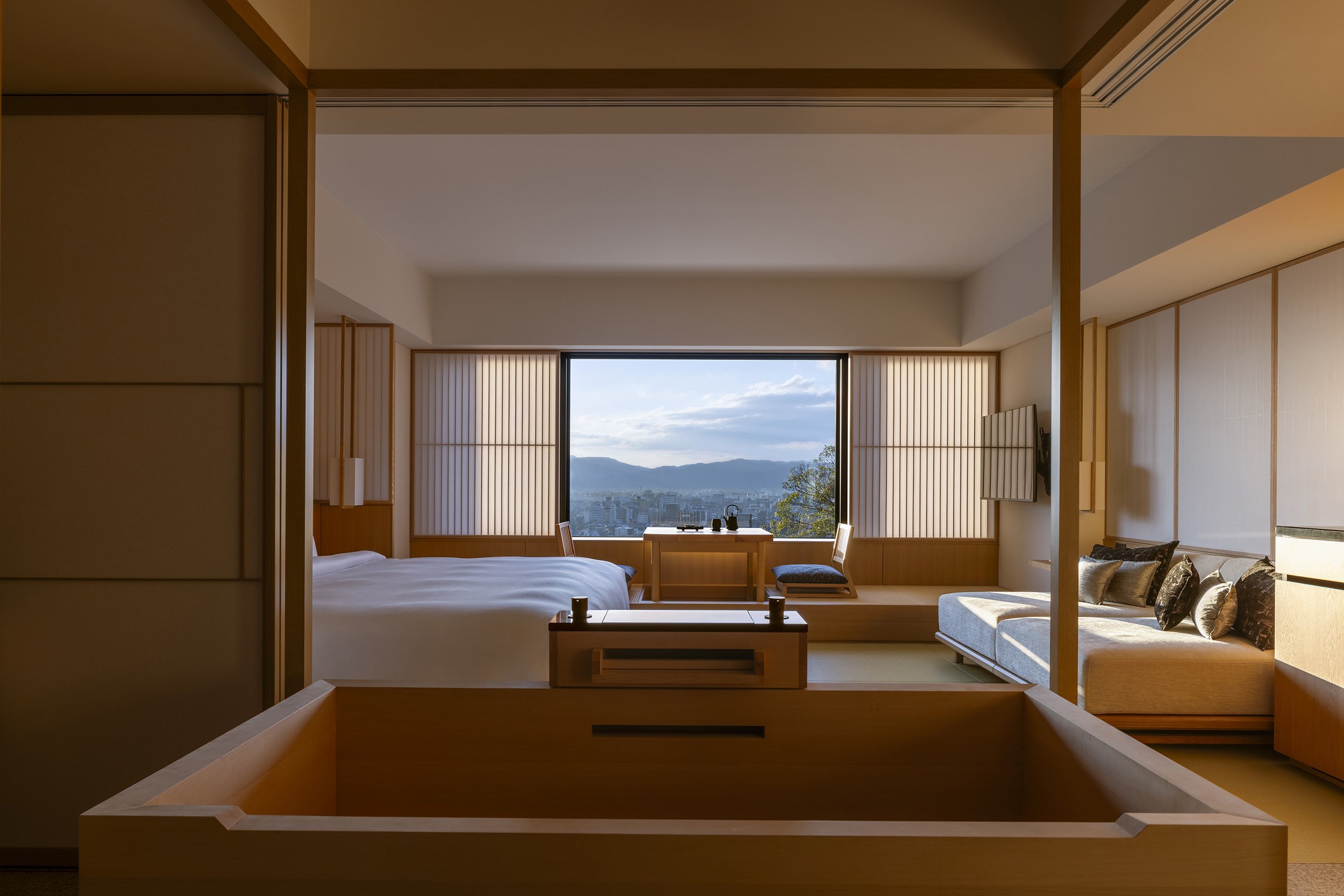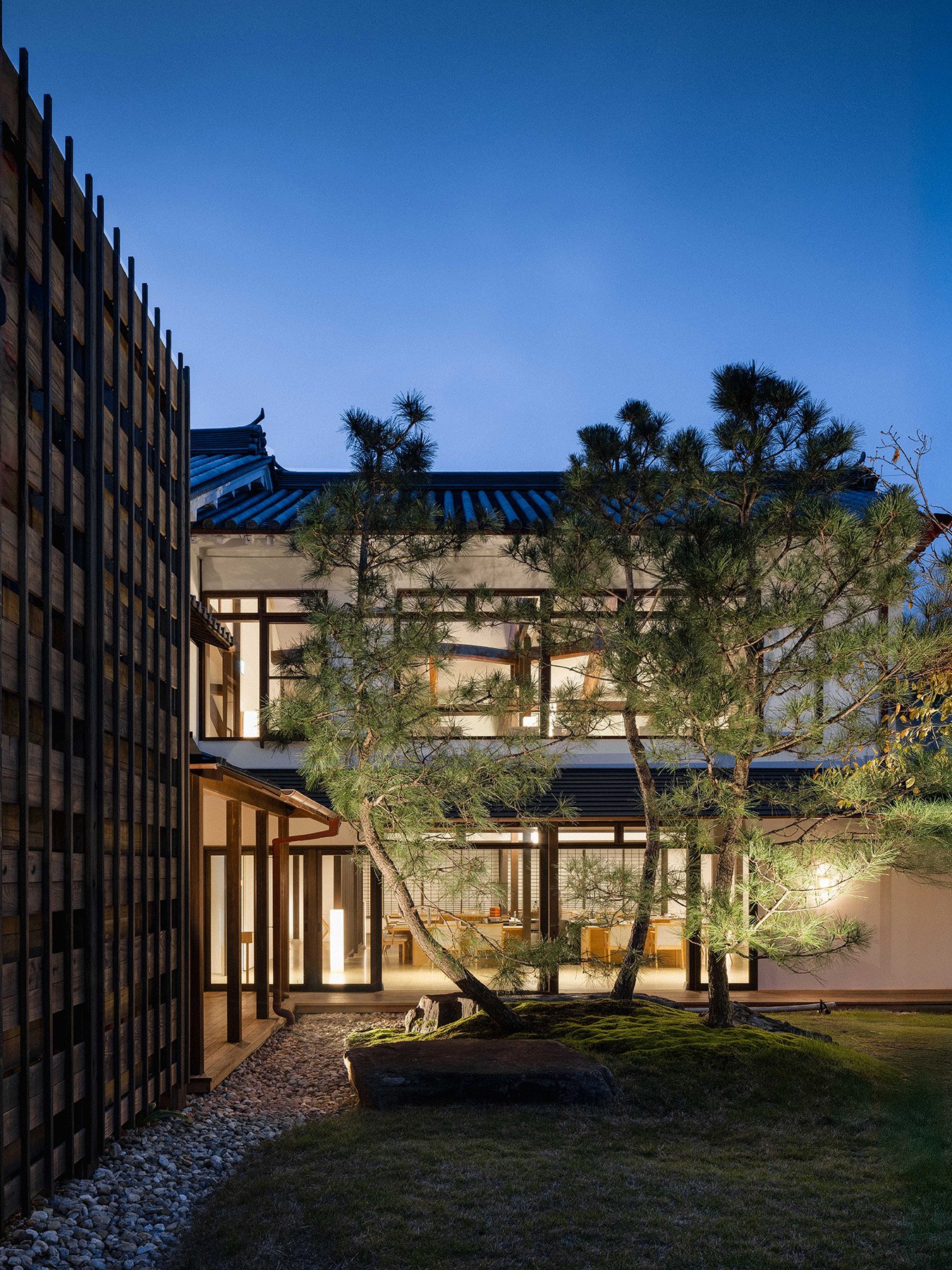Neighbourhood Watch: How to Spend a Day in Nihonbashi, Tokyo
Transformed from a financial hotspot to a hub of entrepreneurship and sustainability, Nihonbashi has changed dramatically in the last 100 years. Once the birthplace of Japan’s financial system and site of the country’s first stock exchange during the Meiji era, Nihonbashi is now home to a thriving community of new businesses, from boutiques and cafes to breweries and craftspeople that live in repurposed decades-old buildings – it is one of my favourite lesser-known neighbourhoods in Tokyo. These independent businesses are the opposite of giant chains and conglomerates often found in major cities; instead of the next best thing popping up in the neighbourhood, a slow growth of excellent quality, sustainable and long-term businesses has developed.
K5
Housed in the former Dai-ichi Bank, stylish design hotel K5 is an iconic place to stay in Nihonbashi. Inside the twenty-room hotel, you’ll find minimalist interiors featuring coloured furnishings made from local materials. The rooms, suites and studios cleverly separate sleep and leisure areas and boast amenities such as vinyl players and free-standing bathtubs. K5 also packs in a Switch Coffee, the cosy library-slash-bar Ao, and the world’s first Brooklyn Brewery flagship store and bar, simply called ‘B’.
Caveman
Also on the ground floor of K5 is Caveman, a fine dining restaurant serving self-proclaimed ‘progressive Japanese’ cuisine at breakfast, lunch and dinner. Officially, the cuisine here mixes Japanese, European, and Scandinavian flavours, and is led by chef Jun Hishiya. The creative menu is constantly changing based on seasonal ingredients and generally includes multiple courses based on classic Edo-Japanese dishes, including sushi, eel, udon and soba, alongside a selection of natural wines and beers.
Discover more lesser-known destinations, bucket list experiences and unique hotels in my brand new guidebook, Views from Japan.
Omnipollos
Elsewhere among the streets of Nihonbashi lies Omnipollos, hidden down a quiet alleyway in the Kabutocho neighbourhood. It’s an independent Swedish microbrewery housed in a former unagi (eel) restaurant from nearly 70 years ago. Inside, the shiny blue walls and floors and quirky branding perfectly represent the symbiosis between past and present in Nihonbashi, as does the refreshing menu of beers, one of which is topped with beer ice cream.
Yamamotoyama Fujie Sabo
On the flip side, there are still traditional, long-reigning businesses that persist in Nihonbashi, such as green tea brand Yamamotoyama Fujie Sabo. The brand has called this area home for more than 300 years, although you wouldn’t guess from the bright, elegant interiors. Visitors can choose from a selection of traditional single-origin teas such as gyokuro and sencha with seasonal Japanese sweets or opt for a classic meal of sushi or nori noodles.
Ozu Washi Nihonbashi
Another traditional business that has been going strong since 1653 is Ozu Washi Nihonbashi, a Japanese washi paper seller that stocks fine paper and calligraphy products. Having perfected the art over generations, the store also allows visitors into the Washi Experience Studio to make their own washi paper. Upstairs is a gallery space hosting exhibitions by local washi craftspeople and the Ozu History Museum for learning about the various types of washi paper made throughout Japan.
Looking for more? Escape the city and Explore 6 Easy Day Trips from Tokyo
Kiya Nihonbashi
The premier spot for those who are searching for top-quality knives, Kiya Nihonbashi dates back to 1792, so has been producing some of Japan's finest knives since the Edo period. The minimalist store displays row upon row of knives on the walls and simple wooden tables, but they also sell products like traditional rice cooking pots, chopping boards and a range of cutlery, as well as offering knife-sharpening services.
Heiwa Doburoku Brewery
The sake brewery Heiwa Shuzou was founded in 1928 and has since opened this brewpub in Nihonbashi, with an ever-changing range of sake to try. The quirky bar and serves up both classic sake and twists on tradition, along with bite-sized snacks like mackerel sushi and ramen. Behind the bar stands the brewer, mixing up various sake flavours like basil and red bean, which are fermented in barrels behind the counter. Try either a classic doburoku, Japan's most traditional unfiltered sake, or if you're not a fan, there are also a few delicious craft beers on tap.
Looking for more Tokyo inspiration? Download your free Tokyo Neighbourhoods guide here.
Kitade Tacos @ Commissary Tokyo
Visitors might be surprised to find a Mexican restaurant in Nihonbashi, but this recent new arrival, which has a Japanese twist, is helping to strengthen the neighbourhood’s reputation. Five of Tokyo’s best independent food outlets operate from within Commissary, including Kitade Tacos. The restaurant uses local ingredients like 100% Hokkaido corn that’s ground on-site with a Mexican corn grinder, epitomising the menu of Japanese-Mex cuisine. There is a range of taco fillings, including pork carnitas and chipotle shrimp, and sides of tortilla chips to share.
Getting Around
Nihonbashi is straightforward to get to and get around. It’s a short 5-10 minute walk from Tokyo Station (Nihonbashi exit), meaning exploring is easy on foot and it has good transport connections, so can be added to other itineraries. Nihonbashi Station is also on the Ginza, Tozai and Asakusa Metro lines, while Mitsukoshimae Station is at the heart of the neighbourhood and is on the Hanzomon and Ginza lines. Nihonbashi is extremely walkable, and many sights are close together. You can also opt to hire a bicycle, which can be a great way to explore further with less time, especially along the riverside to see the Nihonbashi Bridge.
Affiliate Disclosure: Please note this post may contain affiliate links. By purchasing via these links, I may earn a small commission at no additional cost to you. It’s a big help to keep this site up and running and I only promote products and services that I personally use and trust. Thanks!
Bored of seeing the same recommendations for over-crowded locations in Japan?
For the design-conscious, culturally curious and forward-thinking travellers amongst us, Views from Japan is a brand new travel guidebook that gives you all the tools you need to unlock remote destinations, delve into unique cultural experiences and discover lesser-known neighbourhoods, without spending hours trawling the web or following generic itineraries.
